Unveiling the Sacred Origins: Exploring Buddha’s Birthplace at Lumbini (updated 2023)
” Do not dwell on the past, do not dream of the future, concentrate the mind on the present moment” Buddha
Lumbini located on the southwestern region of Nepal, along the Terai lowlands is a subtropical area located close to India border. As an important pilgrimage site, the entire area is a Unesco World Heritage site along with other world Buddhist organizations that have created monasteries in honor of the Buddha’s birthplace in Lumbini. Born in the famous gardens of Lumbini around 563 BCE, Queen Mayadevi gave birth to Siddhartha Gautama who later became enlightened around 528 BCE.
The holy site is commemorated with a large stone pillar that was erected by the Indian emperor Ashoka in 249 BC along with early temples, viharas (monasteries) and shrines dating from the 3rd BC to 15th century AD. This entire site was eventually certified as a Unesco World Heritage site in 1997.
I visited the Buddha’s birthplace in Lumbini with a group of travel journalists and bloggers to experience the pilgrimage site and explore several of the elaborate monasteries, monuments, research institute and a museum within the designated monastery zone that we visited with a local guide who shared information of the history and culture in the local region.
Visiting the Buddha’s birthplace in Lumbini
I didn’t really know what to expect visiting the Buddha’s birthplace in Lumbini – not coming from a Buddhist background but a spiritual seeker in general, I was open to seeing and learning something about the Buddha, his teachings and visiting the place of birth in Lumbini which is located in the southern region of Nepal. Lumbini is a chaotic, dusty and busy pilgrimage site with travelers visiting from around the world and paying homage to the Buddha’s birthplace which is infused with spiritual energy and devotion.
I think visiting the holy sites, monuments and monasteries requires a knowledgeable guide with just enough time to explore on one’s own to capture the essence of a place, photograph the scene and note any tidbit of information that peaks an interest to research for later.
A brief history of Lumbini in Nepal
Lumbini, located in the Rupandehi District of Nepal, is a place of immense historical and spiritual significance. It is renowned as the birthplace of Siddhartha Gautama, who later became known as Lord Buddha, the founder of Buddhism.
The history of Lumbini dates back over 2,600 years to the 6th century BCE. According to Buddhist tradition, Queen Maya Devi, the mother of Siddhartha Gautama, gave birth to him in the gardens of Lumbini while on a journey from her palace in Kapilavastu. It is said that Siddhartha took his first seven steps in Lumbini, and lotus flowers bloomed wherever he walked.
Over the centuries, Lumbini became a place of pilgrimage for Buddhists from around the world. Emperor Ashoka of the Maurya Dynasty visited Lumbini in the 3rd century BCE and erected a commemorative pillar with an inscription, recognizing it as the birthplace of Buddha. This pillar, known as the Ashoka Pillar, is one of Lumbini’s most iconic landmarks.
Lumbini’s historical and spiritual importance continued to grow, and it remained a revered destination for Buddhists throughout the centuries. In the modern era, efforts to preserve and develop Lumbini as a pilgrimage site have been ongoing. The United Nations Educational, Scientific, and Cultural Organization (UNESCO) designated Lumbini as a World Heritage Site in 1997.
Today, Lumbini is not only a place of deep spiritual significance but also a center for Buddhist scholarship and international cooperation. It is home to monasteries, temples, and a sacred garden that evoke a sense of tranquility and reverence. Pilgrims and visitors from diverse backgrounds come to Lumbini to pay homage to the birthplace of Buddha and to immerse themselves in the profound spiritual atmosphere that permeates the area.
How to get to Lumbini in Nepal
Getting to Lumbini, the sacred birthplace of Buddha, is relatively straightforward. Here’s a guide on how to reach this revered destination:
By Air: The nearest international airport to Lumbini is the Tribhuvan International Airport in Kathmandu, Nepal’s capital. From Kathmandu, you can take a domestic flight to Bhairahawa Airport, which is the closest airport to Lumbini. Several domestic airlines operate regular flights between Kathmandu and Bhairahawa, making it a convenient and time-saving option.
By Road: If you prefer a scenic journey, you can reach Lumbini by road. From Kathmandu, you can take a bus or hire a private vehicle for the approximately 300-kilometer (186-mile) journey. The drive takes around 6-7 hours, depending on road conditions and traffic. There are also bus services from major cities in Nepal, such as Pokhara and Chitwan, to Lumbini.
By Train: Currently, there is no direct train service to Lumbini. However, you can take a train to Gorakhpur in India, which is the nearest railway station to the Nepal-India border. From Gorakhpur, you can continue your journey to Lumbini by road, either by hiring a taxi or taking a bus.
Crossing the Nepal-India Border: If you’re entering Nepal from India, you can cross the border at Sunauli/Belahiya, which is the main border checkpoint between the two countries. Once you pass through the border, Lumbini is approximately a 30-minute drive from there.
Local Transportation: Upon reaching Lumbini, you can hire a taxi or rickshaw to explore the sacred site. The area around Lumbini is relatively compact, and most of the main attractions are within walking distance from one another.
Tip – while in Katmandu check with several tour operators for group tours to check out in the southern part of the country so you can see a variety of historic sites and natural parks and landscapes.
Weather and best time to visit Lumbini in Nepal
Lumbini experiences a subtropical climate characterized by hot summers and mild winters. The best time to visit Lumbini is during the cooler and drier months, when the weather is more pleasant for exploration and outdoor activities. Here’s a breakdown of the seasons and the recommended time to visit:
Autumn (September to November): Autumn is considered the best time to visit Lumbini. The weather during this season is generally dry and pleasant, with clear skies and comfortable temperatures. It’s an ideal time for sightseeing, as the temperature ranges from around 20°C to 30°C (68°F to 86°F), making it enjoyable to explore the sacred sites and gardens of Lumbini.
Spring (March to May): Spring is another favorable season to visit Lumbini. The weather is mild, with temperatures ranging from around 20°C to 35°C (68°F to 95°F). The surrounding landscape becomes vibrant with blooming flowers and lush vegetation, adding to the beauty of the pilgrimage site. However, keep in mind that April and May can be quite hot, so it’s advisable to carry sun protection and stay hydrated.
Winter (December to February): Winter in Lumbini is relatively mild and comfortable. The temperature during this season ranges from around 7°C to 25°C (45°F to 77°F). While it’s generally dry and sunny, occasional fog and haze can occur. Winter is a quieter time to visit, with fewer tourists, making it an excellent choice for those seeking a more serene and peaceful experience.
Monsoon Season (June to August): Lumbini experiences heavy rainfall during the monsoon season. The weather is hot and humid, with temperatures ranging from around 25°C to 35°C (77°F to 95°F). The rainfall can be quite intense, which may limit outdoor activities and hinder sightseeing. However, if you don’t mind the rain and want to experience the quieter atmosphere, you can still visit Lumbini during this time, but be prepared for wet conditions.
It’s important to note that Lumbini is a year-round pilgrimage destination, and devotees visit the site regardless of the season. However, for a more comfortable and enjoyable experience, it’s recommended to plan your visit during the autumn or spring seasons when the weather is pleasant and conducive to exploration.
Regardless of the time of year, it’s advisable to check the weather forecast before your visit and pack appropriate clothing, such as lightweight and breathable clothing for the summer months and a light jacket or sweater for the cooler evenings.
The international monastic zone at Lumbini
I’m fascinated with all the different international monasteries built around the historic monastic zone of Lumbini with all the unique and exotic architecture, shrines and monuments depicting various attributes of the Buddha and his teachings and religious significance to that particular country. Each individual monastery is located and grouped into different zones that reflect the different branches of Buddhism.
Tip – located close to this monastery are wetlands that attract a variety of wildlife from the area that is a perfect spot for bird watching.
The Monastery of World Peace
With such a variety of styles and forms of art and local craft, each monastery at Lumbini represent an ideal version of the Buddha within their own belief system, design aesthetic and interpretation based on their regional arts and crafts, rituals and artifacts that are on display for pilgrims to see and experience while on visiting the sites.
The Myanmar Golden monastery at Lumbini
Why is Lumbini a World Heritage Unesco Site?
Lumbini is designated as a UNESCO World Heritage site due to its exceptional cultural and historical significance as the birthplace of Siddhartha Gautama, who later became known as Lord Buddha. Here are the main reasons why Lumbini received this prestigious designation:
Birthplace of Buddha: Lumbini is believed to be the birthplace of Lord Buddha, one of the most influential figures in human history and the founder of Buddhism. The site holds immense religious importance for millions of Buddhists worldwide.
Religious and Pilgrimage Destination: Lumbini is a significant pilgrimage destination for Buddhists, who visit the site to pay homage to Buddha and gain spiritual insights. It attracts devotees, scholars, and tourists from various countries, fostering cultural exchange and understanding.
Archaeological and Historical Value: The archaeological remains and historical evidence found in Lumbini provide valuable insights into ancient civilizations and the life of Buddha. The site has been the subject of extensive research and excavations, contributing to our understanding of the region’s past.
Cultural Heritage: Lumbini’s designation as a UNESCO World Heritage site ensures the preservation and protection of its cultural heritage for future generations. The site’s inclusion on the list recognizes its universal value and the need for its conservation.
Birthplace of a World Religion: Buddhism has had a profound influence on human thought, philosophy, and culture. Lumbini’s association with the birth of Buddhism elevates its significance as a place of global importance.
Universal Values: Lumbini represents universal values of peace, compassion, and enlightenment, which are central tenets of Buddhism. Its recognition as a World Heritage site promotes these values and contributes to intercultural dialogue and understanding.
Theravadin temple built by Mahabodhi Society of India
The elaborate German temple at Lumbini
This elaborate monastery is a must see in the monastery zone because of its ornate features, beautiful wall murals and other decorations around the grounds including very large prayer wheels. I loved exploring all the artistic details and beautifully decorated murals, painted columns and the inside of the temple building and even up to the very ornate roof details and Buddha statue in the steeple of the roof.
Tip – facing the large square pond are a series of other monasteries that are easy to explore by foot, making it easy to visit a cluster of monasteries within a short walking distance.
The giant prayer wheels at each strategic corner of the German monastery
The Unesco site at Lumbini
At the holy site are the remains of early brick temple ruins, the Ashokan pilar, bathing pool, the Bodhi tree and the main Maya Devi Temple which is where the birth of the Buddha is located. One of the grand entrances of to the temple starts from a long reflecting pool leading up to a golden Buddha pointing to the direction of the holy site. You slowly walk through a path lined with beautiful flowering shrubs and trees along a natural area with ponds and wetlands. This abruptly changes at the entrance of the site with a neon welcome banner above a check in gate that announces your arrival to the actual site and an entrance booth to purchase tickets. You must place your shoes in a covered area and walk around the site barefoot or with socks.
Tip – the Maya Devi temple restricts photographs once you enter inside the temple, but you are allowed to take pictures anywhere outside of the temple grounds.
Wetland area surrounding the holy site at Lumbini
Once inside the holy site, the area is sparsely dotted with limited signage, so it is easier to come to the site with a hired guide or bring some information with you about the various things to see within the holy areas and main attractions. But the main things to see within the grounds include:
- Maya devi Temple
- The sacred Bodhi Tree
- Ashokan Pillar
- Birthing pond at Lumbini
- Sacred garden at Lumbini
Tip – spend some time on the garden area with all the prayer flags and look for the hollowed Bodhi tree with a Buddha in the cavity
“We are shaped by our thoughts; we become what we think. When the mind is pure, joy follows like a shadow that never leaves” Buddha
The Bodhi tree, birth pond and sacred garden
Prayer flags in the sacred garden in Lumbini
Ashokan pillar at the Lumbini holy site
A holy Bodhi tree in Lumbini
A place to worship and meditate
For many pilgrims to the site, this is a place of worship and pay homage to the birthplace of the Buddha – either to meditate, chant or just take in all the historical significance and artifacts or monuments to visiting within the historic site. For some, it’s also a perfect place to be quiet and reflect on ones being and religious beliefs or in the case of non Buddhist to understand and just soak in the spiritual nature and significance of this holy site.
” Peace comes from within. Do not seek it without. ” Buddha
Facing the Maya Devi temple at Lumbini
Daily chores on the grounds
How many monasteries are located in Lumbini area?
There are several monasteries located in the Lumbini area of Nepal. Lumbini is a UNESCO World Heritage site and holds immense religious and historical significance as the birthplace of Siddhartha Gautama, who later became known as Lord Buddha.
The exact number of monasteries in the Lumbini area may vary over time due to construction or changes in the region. During my last update, there were over 30 monasteries representing different Buddhist traditions from various countries, including Nepal, India, Tibet, China, Thailand, Myanmar, Japan, Sri Lanka, and others.
These monasteries serve as important religious and cultural centers for Buddhist pilgrims and visitors, providing insights into the diversity of Buddhist practices and traditions worldwide. When planning a visit to Lumbini, it’s recommended to check for the most recent information to get an accurate count of the monasteries in the area.
Advice on visiting the monasteries and Lumbini heritage site
The Lumbini heritage site covers 4.8 km in length and 1.3 km in width as the monastic zone which is a large area to cover by foot. You can cover the area by yourself or by bike, but it is easier to work with a guide or tour company to cover most of the major monasteries, museum and heritage in a morning to all day tour depending on your interest.
Check out the Lumbini website and guide here for more information about the pilgrimage sites, festivals and other important information.
For more information about Lumbini and Nepal travel, check out the Nepal tourism site here for more details and information.
Additional tour recommendations:
Private Lumbini And Kapilvastu Buddhist Pilgrimage Tour – 6 hour tour of the holy pilgrimage site, various temples and other historic monuments which includes a local guide and all entrance fees
Private guided 8 day tour – A sightseeing trip of Lumbini, Katmandu and Pokhara with an English speaking guide and driver, lodging and some meals.
Hotel Accommodations
There are a variety of hotel accommodations located on the perimeter of the monastic zone in Lumbini, one of the better quality hotels close to the entrance is the Buddha Maya Hotel – a four star rated hotel offering deluxe accommodations in a tranquil setting with beautiful gardens, comfortable rooms with wifi, satellite/cable TV and a full service restaurant.
Comfortable rooms and public spaces at Buddha Maya Garden Hotel
For more posts on my travels to Nepal check out the links below
Exploring Chitwan National Park in Nepal
More inside tips to visiting Lumbini in Nepal
Visiting Lumbini in Nepal offers a chance to connect with Buddhism’s spiritual essence and immerse yourself in its serene ambiance. Beyond the main attractions, here are some inside tips to make your journey even more enriching:
Engage with Monastics:
Lumbini is home to monasteries from various Buddhist traditions and countries. Take the opportunity to engage with resident monks and nuns. They often welcome visitors for meditation sessions, discussions on Buddhism, and cultural exchanges.
Attend a Puja:
Witnessing a traditional Buddhist puja (ceremony) can be a deeply spiritual experience. Many monasteries conduct daily or weekly pujas, and you’re often welcome to observe or participate respectfully.
Lumbini Museum:
Explore the Lumbini Museum to delve deeper into the life of Buddha and the history of Buddhism. It provides valuable insights into the development of Buddhism through artifacts and exhibits.
Sunrise and Sunset:
The peaceful ambiance of Lumbini is particularly enchanting during sunrise and sunset. Consider taking early morning or evening walks around the sacred garden for a truly serene experience.
Local Cuisine:
Sample the local Nepali and Tibetan cuisine. Lumbini has a range of restaurants and eateries where you can savor momo (dumplings), dal bhat (rice and lentils), and traditional Tibetan dishes.
Bicycle Tours:
Rent a bicycle and explore the surrounding villages and countryside. You’ll have the chance to interact with local communities, witness rural life, and enjoy the tranquil landscapes.
Cultural Events:
Check for any cultural or religious events or festivals happening during your visit. These occasions offer a unique opportunity to witness vibrant ceremonies and celebrations.
Photography Etiquette:
While photography is allowed in most areas, be respectful of sacred spaces and people’s privacy. Always ask for permission before taking close-up portraits.
Lumbini Peace Park:
Located just outside the main pilgrimage area, Lumbini Peace Park offers a quieter and more contemplative atmosphere. It’s a great place for meditation and introspection.
Respect Local Customs:
Lumbini is a sacred site, and it’s important to dress modestly and act respectfully. Remove your shoes when entering temples and monasteries, and avoid public displays of affection.
Stay in a Monastery:
Some monasteries offer accommodation to visitors. Staying in a monastery can provide a unique and immersive experience into the daily life of monks and nuns.
Lumbini Clean-Up:
Consider participating in local clean-up efforts or community service projects if you have the time. It’s a way to give back to the community and leave a positive impact.
Visiting Lumbini is not just a physical journey but a spiritual one, offering opportunities for self-reflection and cultural exchange. By embracing these insider tips, you can make the most of your visit and connect with the profound spiritual energy that permeates this sacred place.
Please pin this
Conclusion to visiting the Buddha’s birthplace at Lumbini
Visiting Lumbini, the sacred birthplace of Buddha, is an experience that holds profound significance for both spiritual seekers and curious travelers alike. The tranquil atmosphere, ancient monuments, and lush gardens create a serene ambiance that allows visitors to connect with the teachings and legacy of Buddha.
By treading the footsteps of Buddha, visitors can embark on a profound and enlightening pilgrimage that resonates long after they leave this sacred site.
Thanks for visiting today and checking out this post on the Travel Photo postcard – Buddha’s birthplace Lumbini, if you enjoyed the images and post, could you please share it with any of the social media buttons located around the post.
If you like what you see, come and check out my other social media channels for more updates, including Instagram, Pinterest and Twitter
Disclosure – I was a guest with Pata and the Himalayan Travel Mart visiting the holy site at Lumbini – all opinions and thoughts are my own. Also, there are affiliates links on this posts which provide a small commission to support this site at no extra cost to you. Thank you for reading, and happy travels

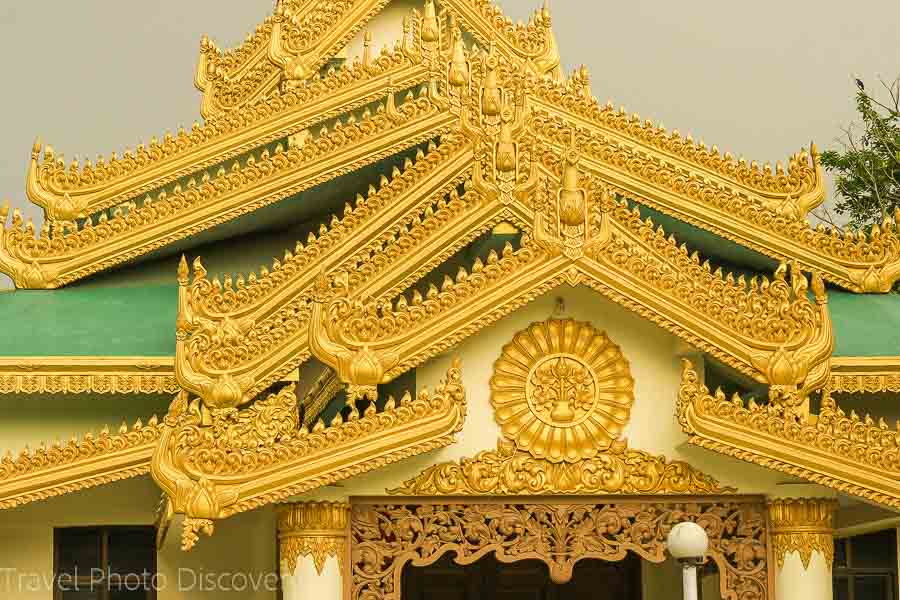
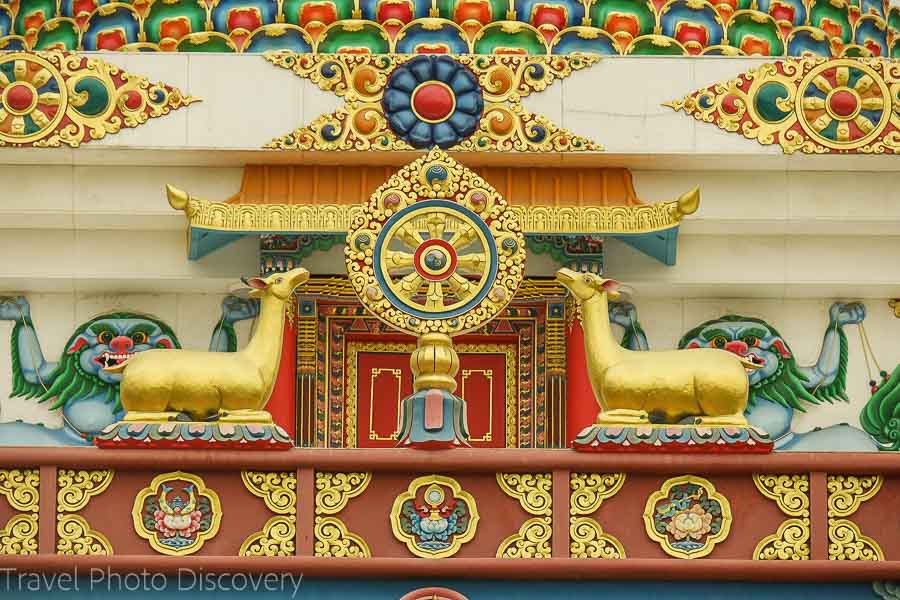
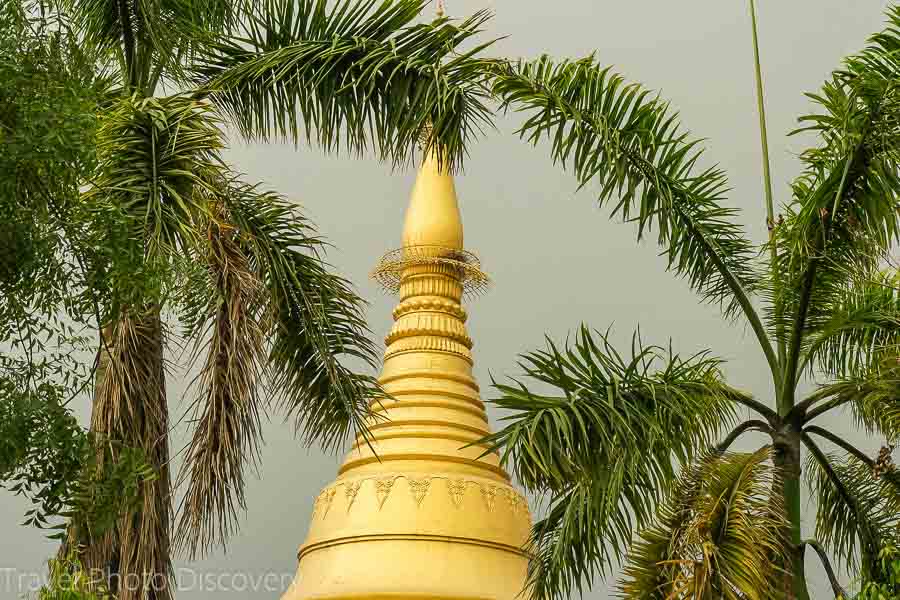
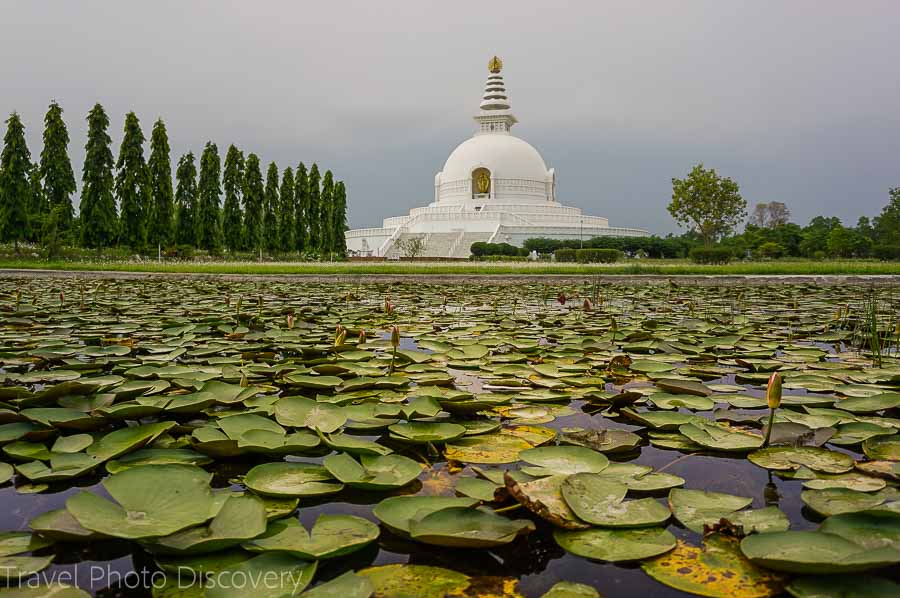
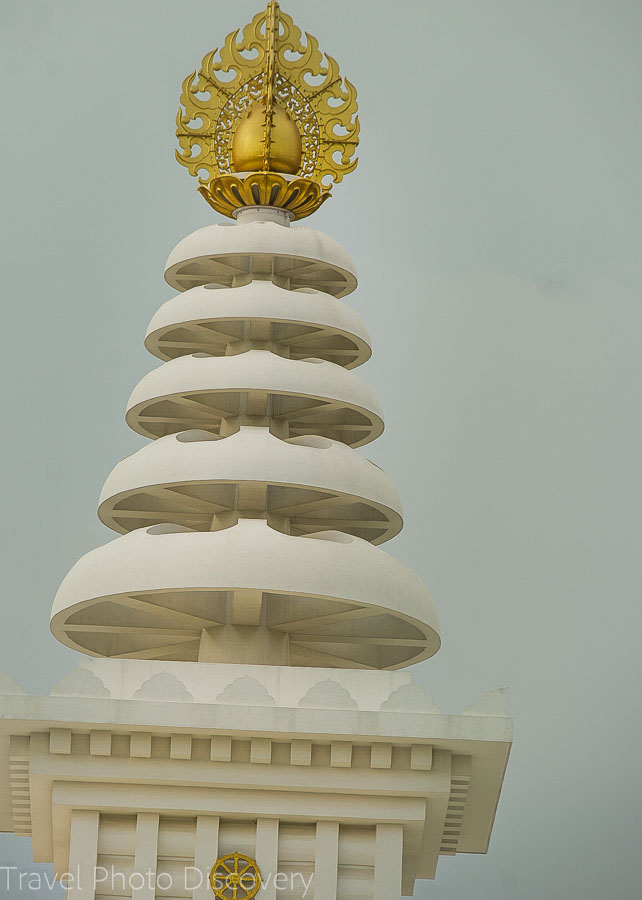
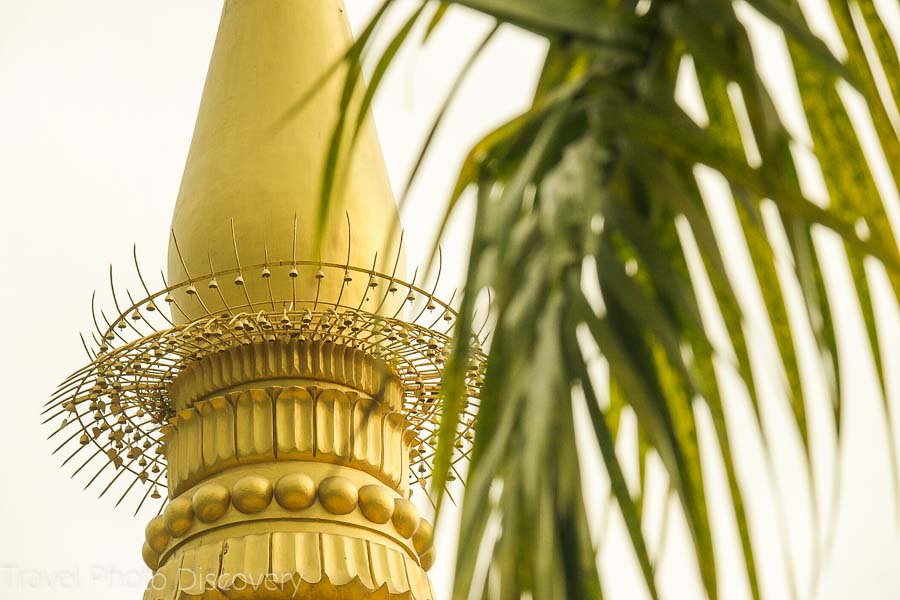
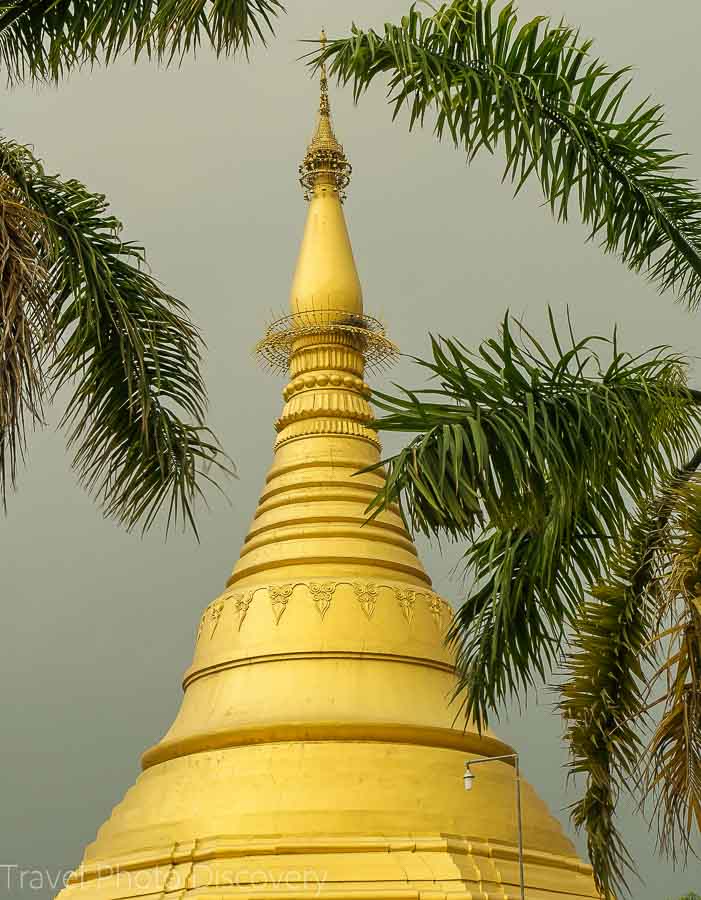
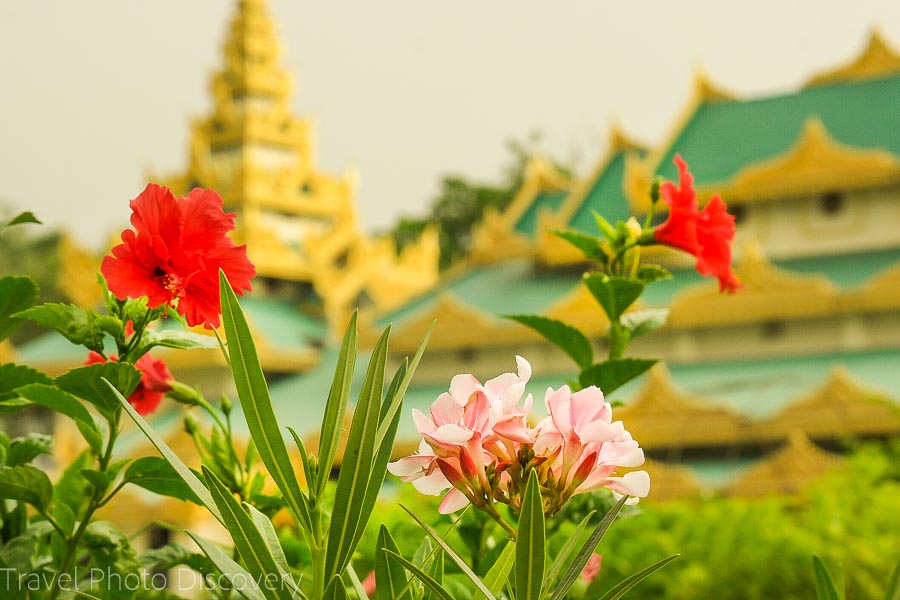
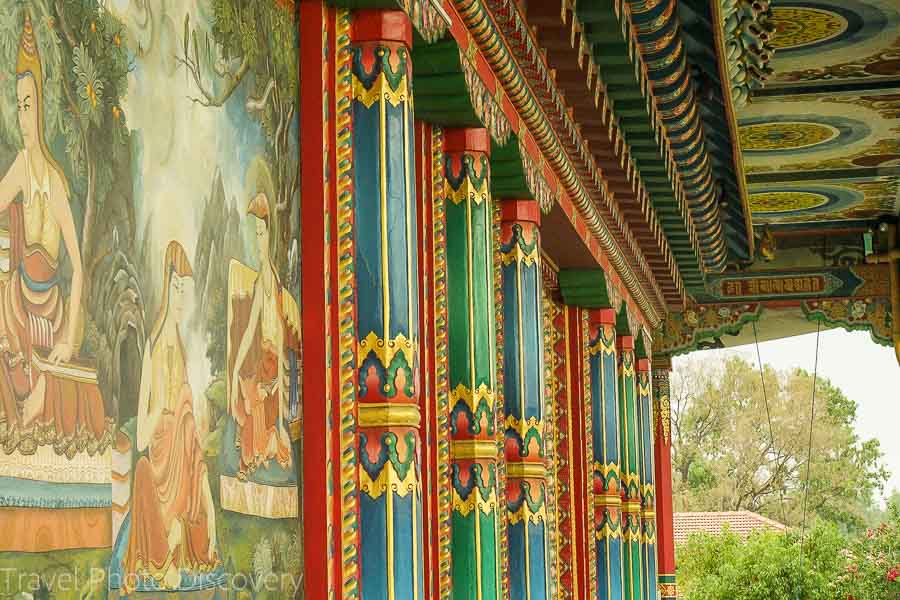
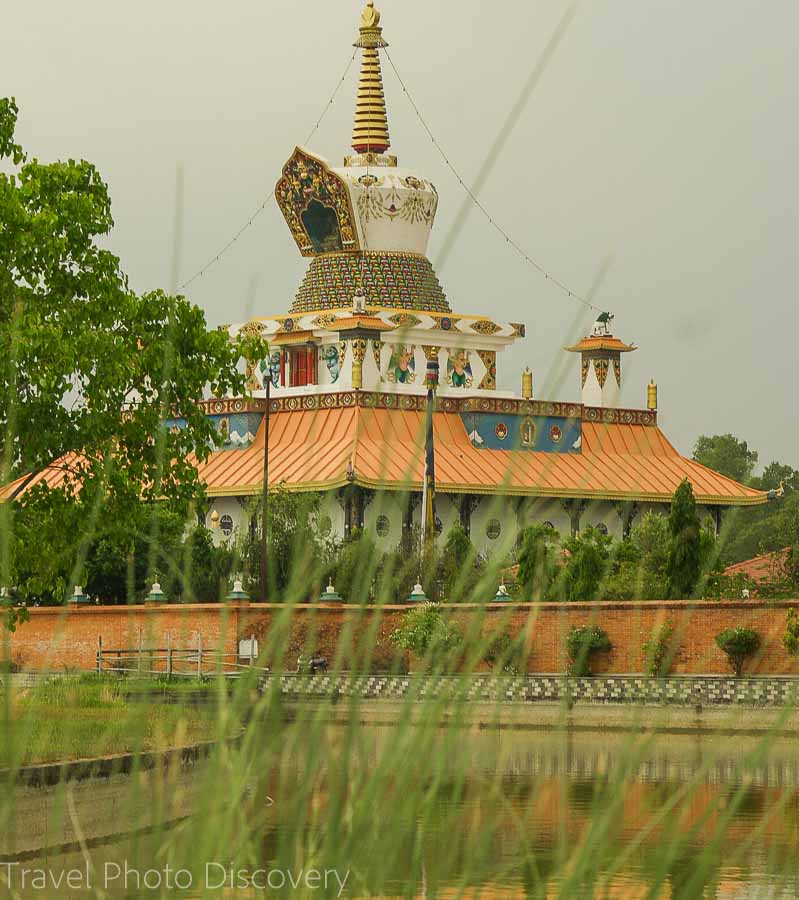
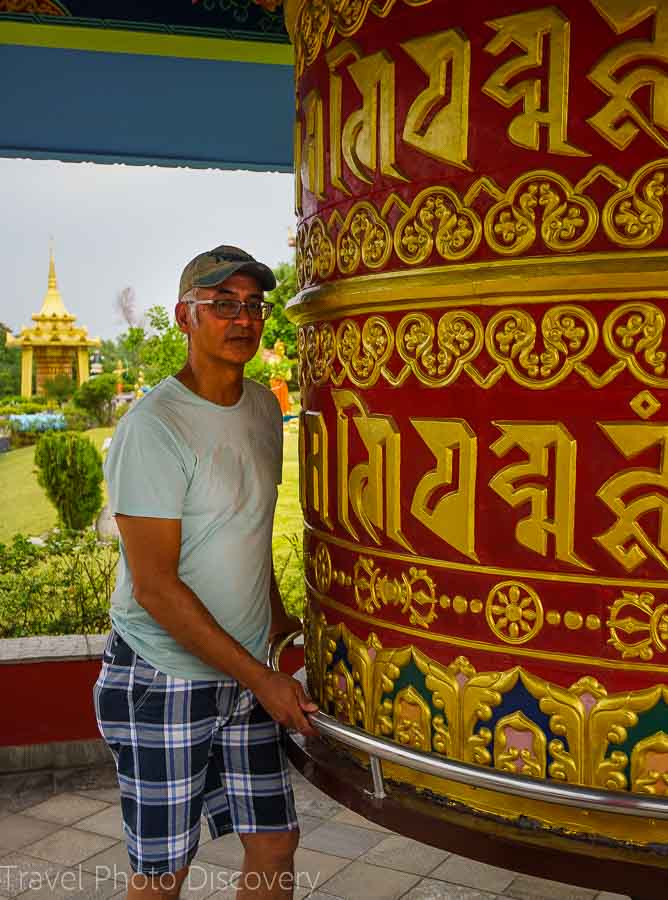
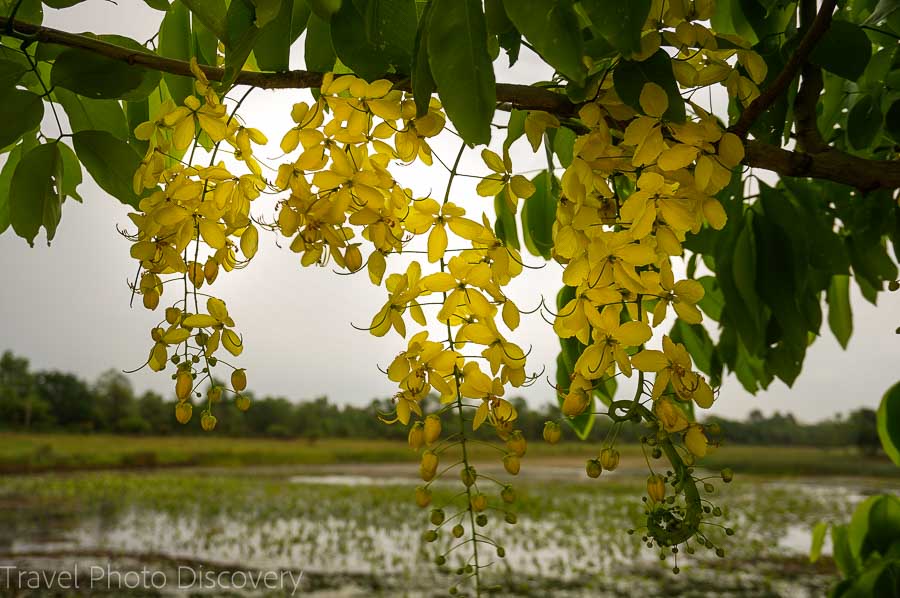
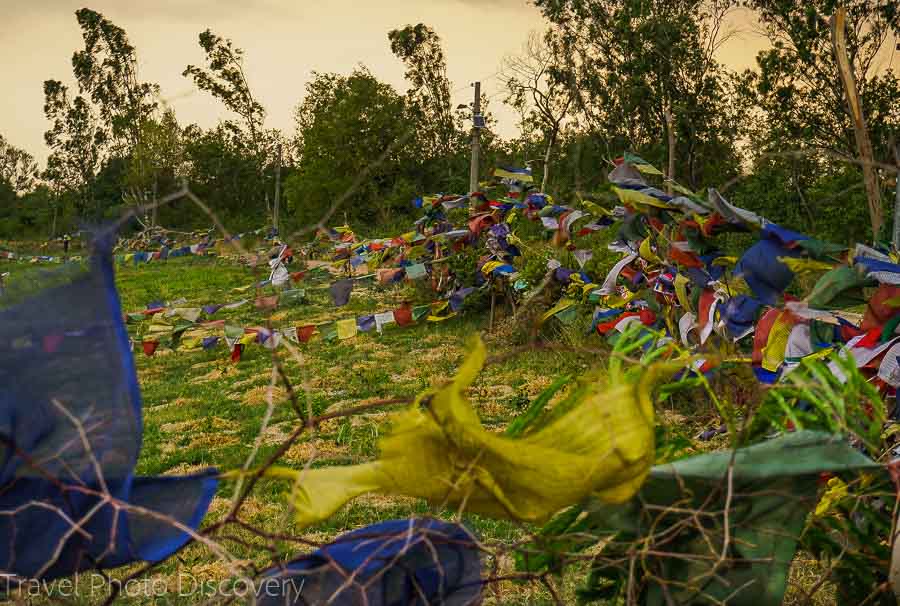
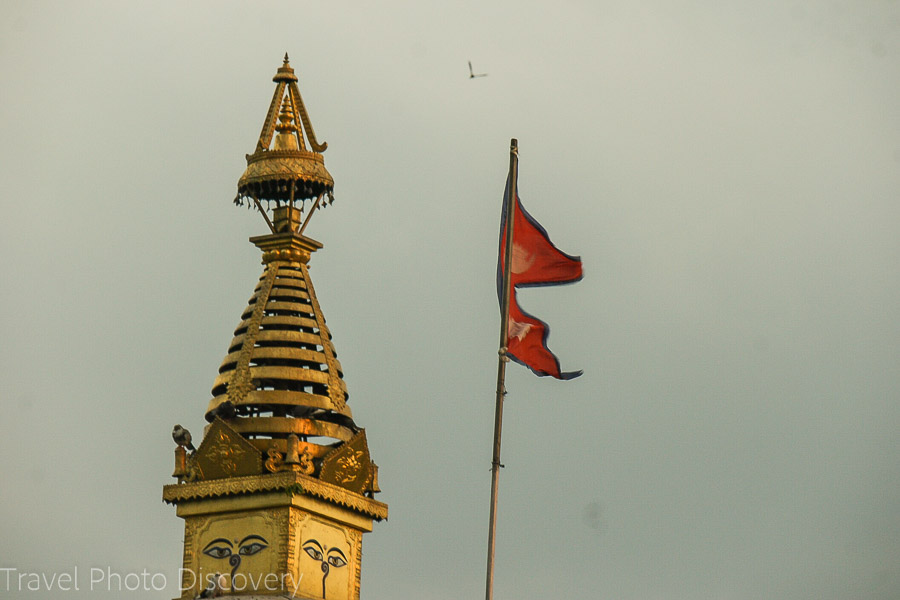
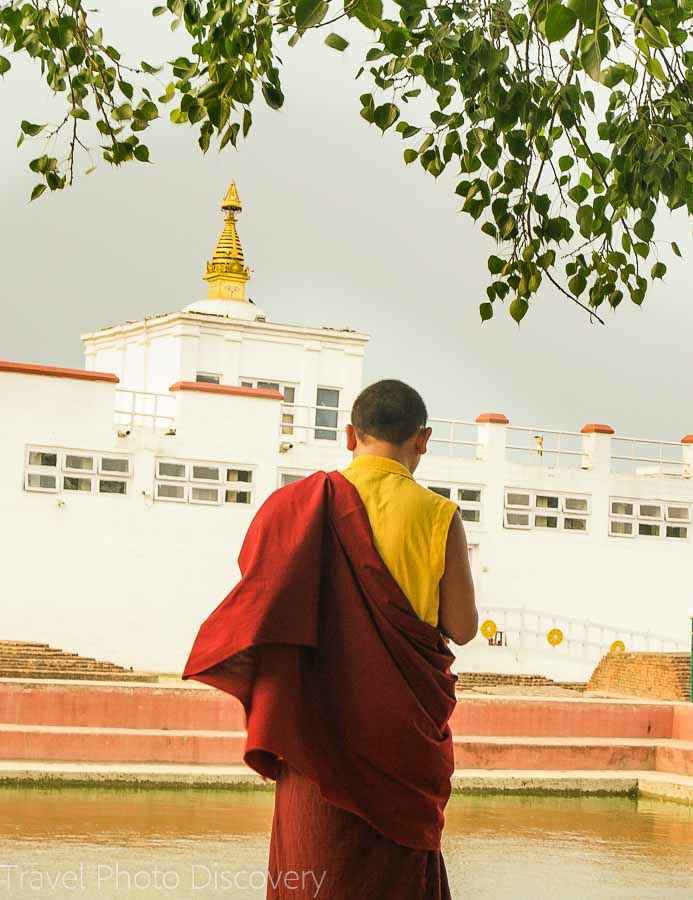
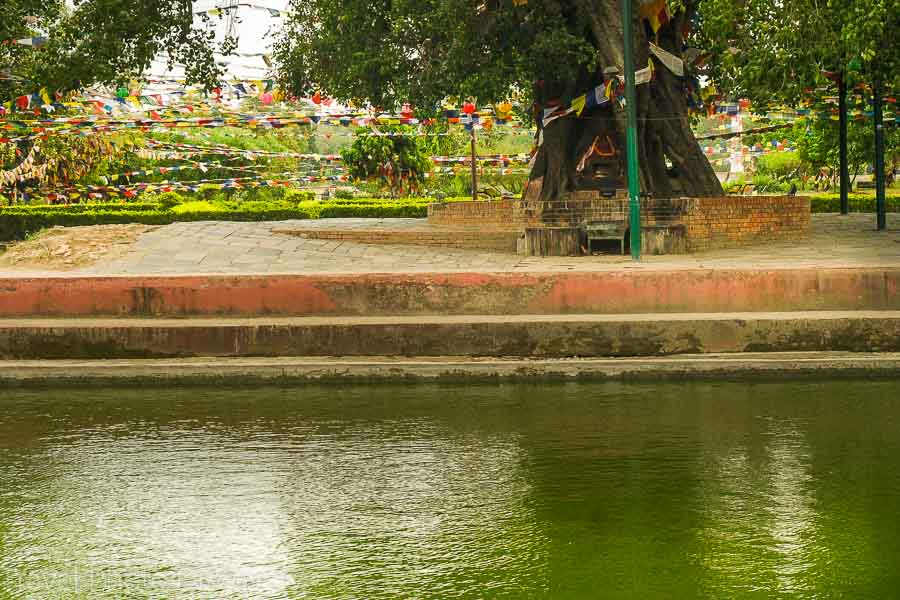
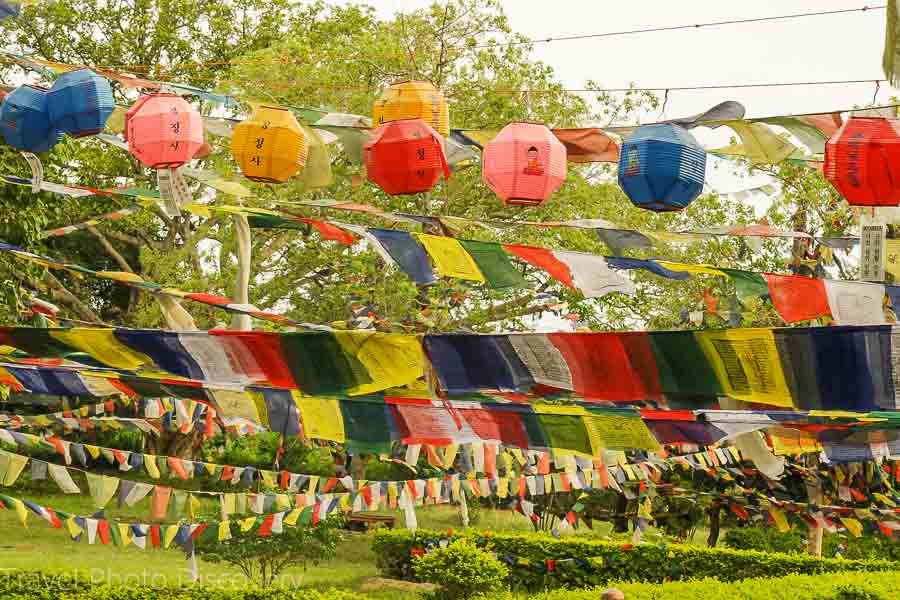
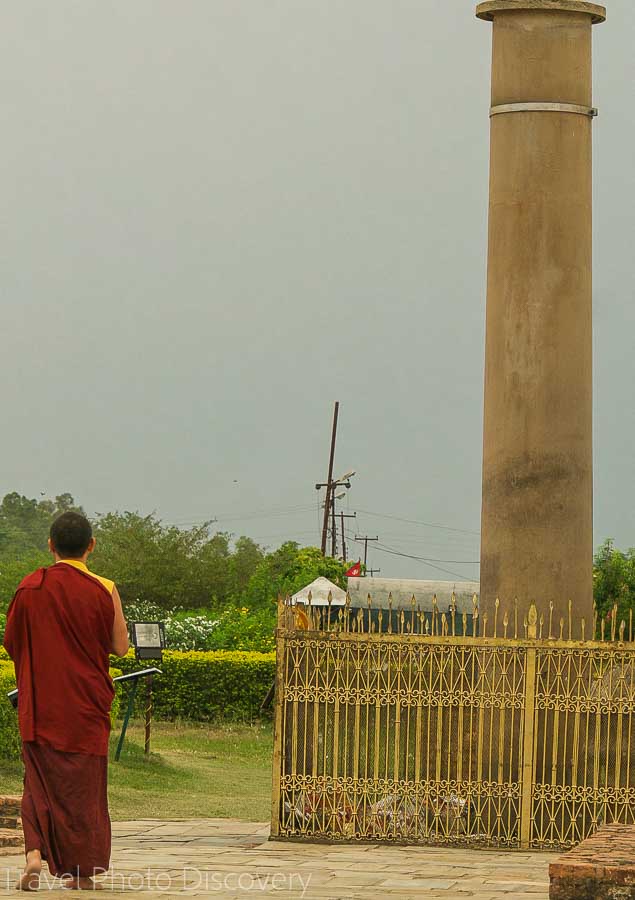
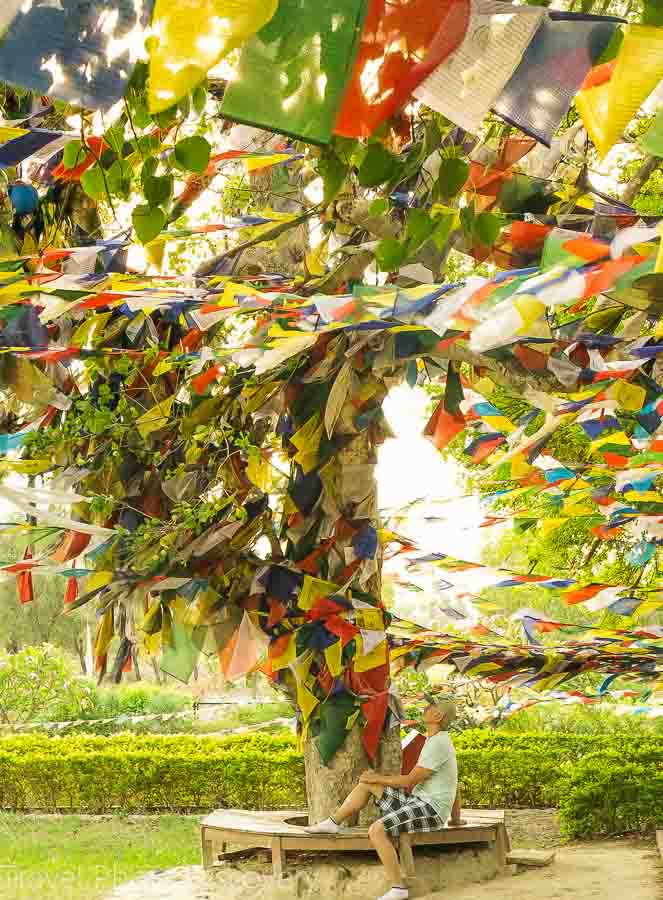
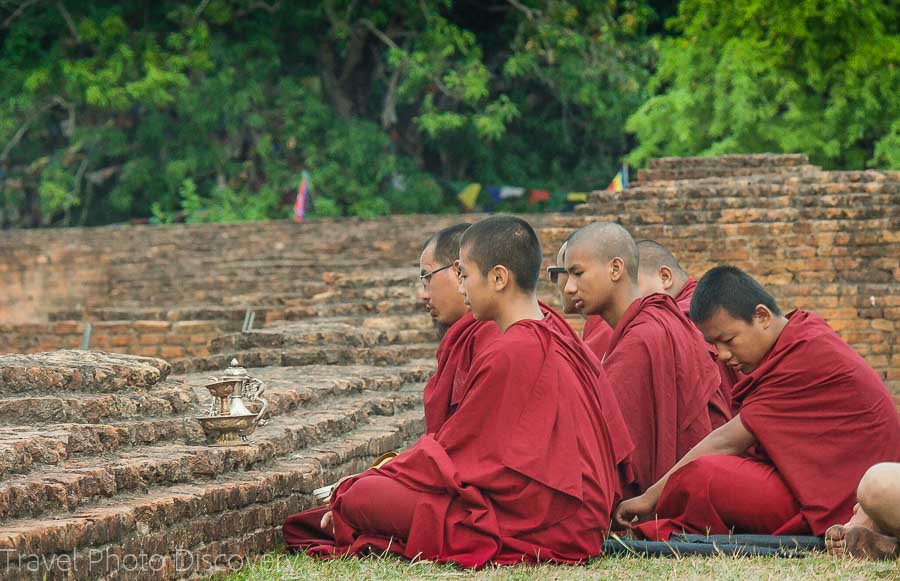
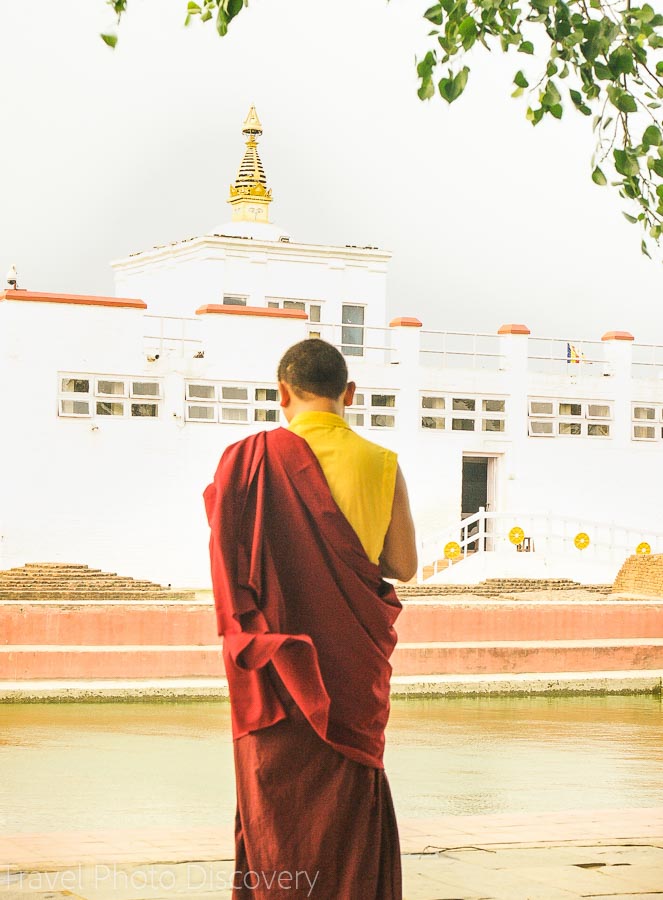
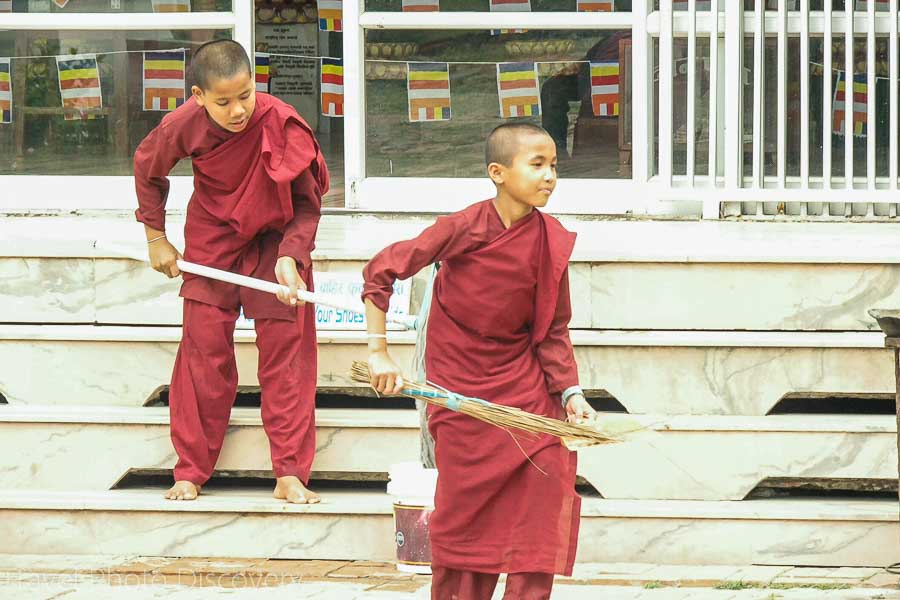
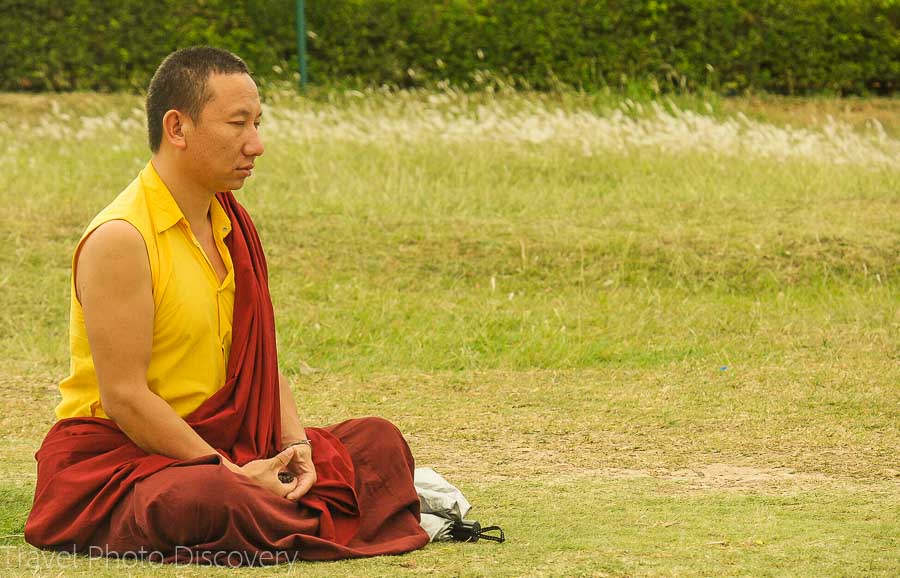
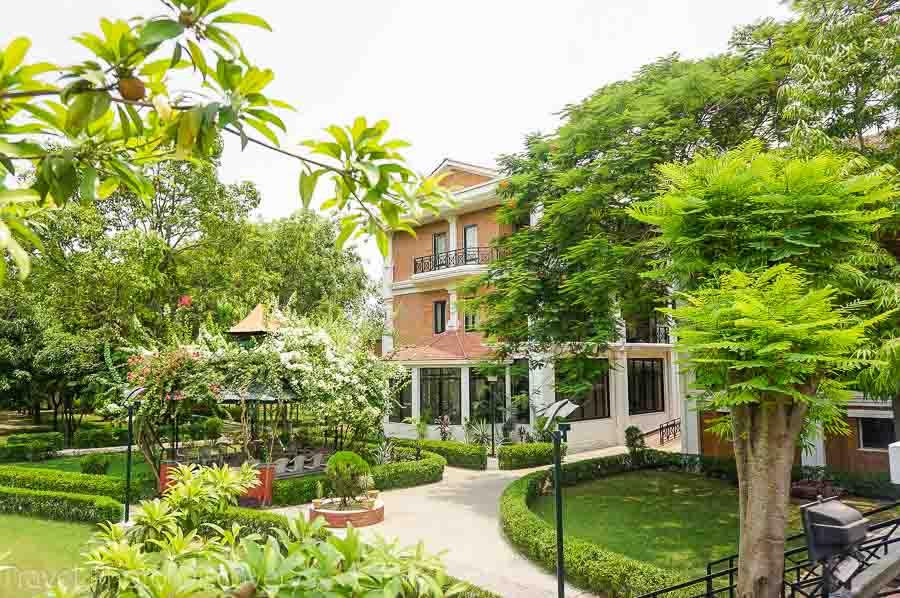
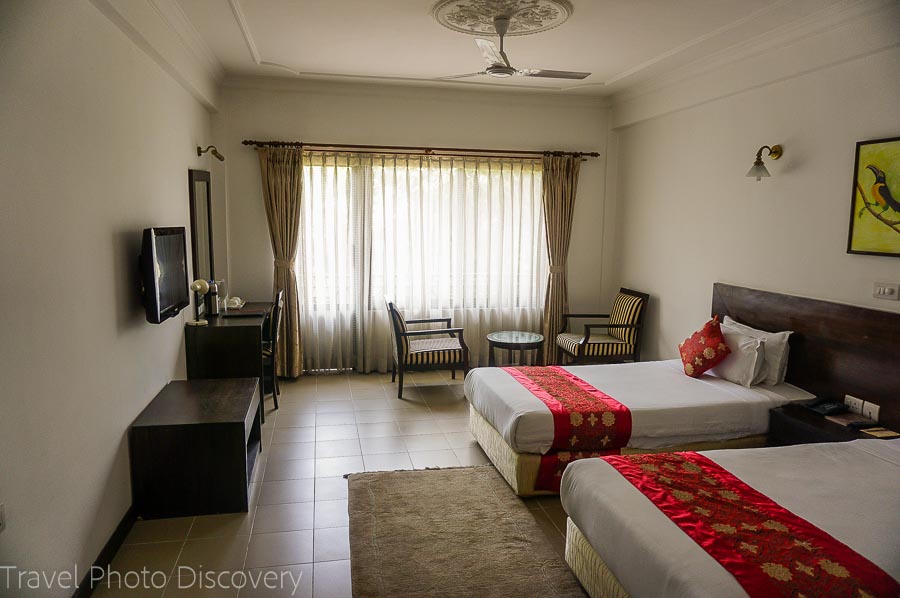
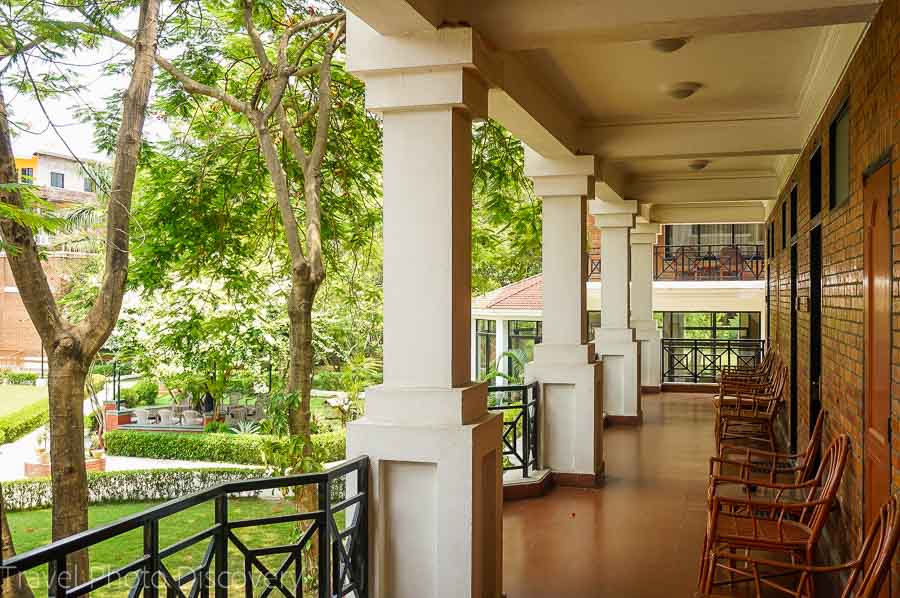
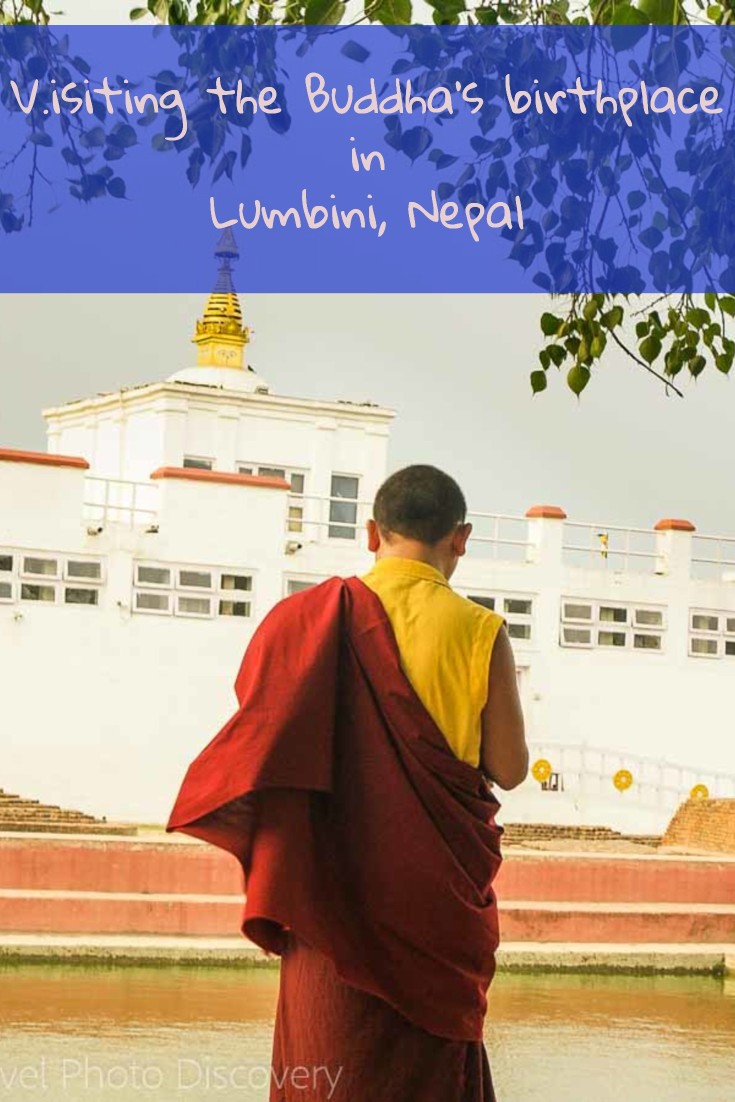
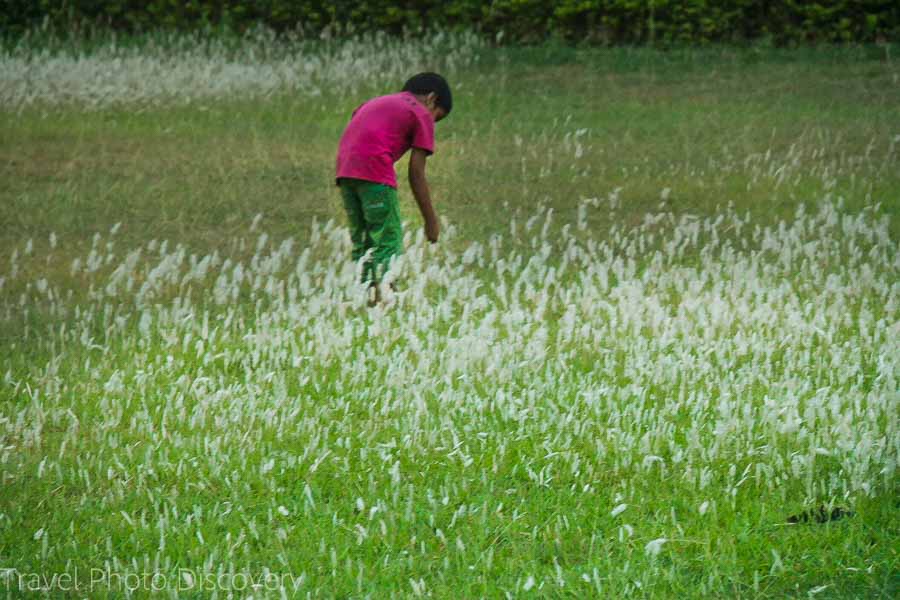

Nepal is a beautiful country and the Buddhas certainly make an interesting photo essay subject. I’d love to visit, hopefully next year.
It looks like such a peaceful place and you’ve captured it perfectly! I’ll add it to my growing bucket list for sure. I’d love to go even more now!
Such colorful, beautiful images! I would love to visit Buddha’s birthplace in Lumbini, and the wetlands birds would be wonderful to see. I agree that you need a knowledgeable guide to help you make the most of these types of visits.
What a magical place and beautiful temples! I am ashamed to say that I didn’t know Buddha’s birthplace was in Nepal! I knew it was in Asia but I wasn’t quite sure exactly so this was a good red for me!
Beautiful photos. I get chills at holy places like these. Probably not a bad thing if it’s a hot locale.
Wow, these photos are mind-blowing. In fact, you always take really beautiful photos Noel, so you make me want to visit new destinations every time I come to your blog. It looks like I am gonna have to go to Nepal and visit these sites to see them with my own eyes.
Nepal has some very impressive and beautiful buildings. I did not know about this place but it looks wonderful. Your pictures make me really want to go
Lumbini looks like an undiscovered gem that is worth spending some time exploring. What an amazing place to visit.
Fantastic photos that I think embody the serenity of the area. I did not realize that many countries have built monasteries in the historic monastic zone.
It is pretty spectacular, I wish I had more time to explore the area,there is so much to see here.